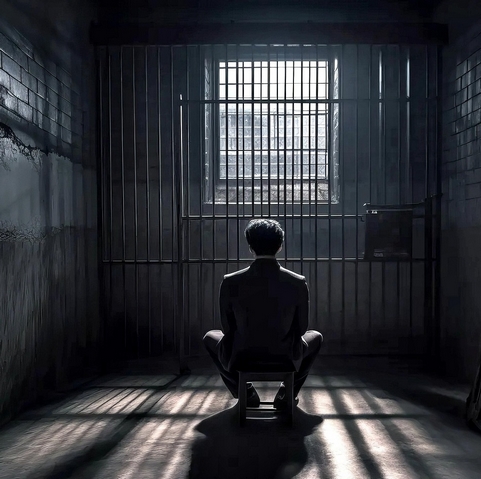First On-line Pill Mill Trial
First On-line Pill Mill Trial By Robert Carter/October 21, 2025 The San Francisco based U.S. Department of Justice trial of psychiatrist David Brody and entrepreneur Ruthia He began this month for their alleged illegal prescribing of the amphetamine Adderall and other stimulants through their on-line digital health company Done. The 2020 telehealth startup had touted an easier way to get medication through their 42 million dollar social media ad campaign. Soon Brody and He were running a $100,000,000 online pill mill prescribing Adderall and other substances for those who claimed to have symptoms of ADHD. They were prescribing 40 million controlled substance pills for their 100,000 American customers. The two defendants are accused of instructing Done prescribers to approve the medications “even if the Done member did not qualify”. Done members pay a $79 monthly prescription fee to continue being eligible for refills of their amphetamine prescriptions after initially qualifying through a brief questionnaire and thirty minute “appointment” with one of the company’s practitioners. This is the first U.S. Department of Justice criminal trial of an internet telehealth provider that provides questionable prescriptions for applicants who answer minimal questions about their symptoms in a short on-line interview process. The Done company was able to start its operations by manipulating a Covid-era loophole that allowed them to prescribe Adderall and other stimulants through virtual patient visits. Before Covid, those prescriptions required in-person interviews and questionnaires. Ruthia He is a 34 year old Chinese citizen who came to this country for graduate school and has no medical background whatsoever. She is being held in custody because she is considered a flight risk. She and psychiatrist Brody allegedly persisted in their illegal internet prescriptions even after they were informed that other social media outlets described how to so easily get prescriptions for Adderall through Done. They also were informed about Done members who had overdosed and died, but they kept their highly profitable business operating with no changes. The two are also charged with conspiring to defraud pharmacies, Medicare, Medicaid, and commercial insurers to cause the pharmacies to dispense Adderall by making false and fraudulent representations about Done’s prescription policies. Medicare, Medicaid, and the commercial insurers paid in excess of $14 million to cover the cost of these potentially bogus prescriptions. If convicted, Brody and He could each serve up to twenty years in prison.







